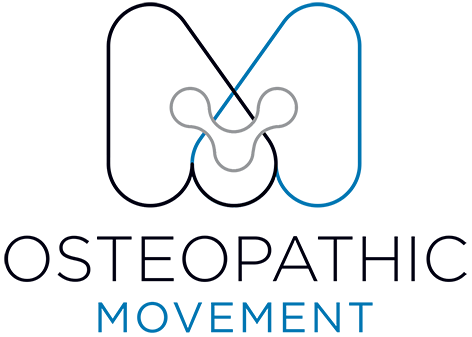Osteoarthritis, Degeneration, Wear and Tear...Ring a Bell?
You may have been told that you have Osteoarthritis, or maybe degeneration, perhaps even wear and tear. But what does it all mean?
Well, it all means the same thing. Osteoarthritis is defined as the degeneration of joint cartilage and the underlying bone, a process that is regarded as normal joint “wear and tear”. This is the most common form of arthritis and is highly prevalent in those in their middle age and after.
Now that we have that cleared up, you might want to know exactly what is happening within your joints, why it’s happening and what it means for you in the present moment and going forward.
Enter this blog.
These 3 terms all describe a NORMAL process that happens to people beginning at different stages of their lives and to varying degrees. It is not a death sentence. It does not mean that you need to cut back on your activity and resign yourself to a life of knitting and crosswords…though knitting and crosswords are pretty good for you too…in moderation.
Your joint cartilage is a firm but pliable tissue that aids in shock absorption and provides a smooth slippery surface for near frictionless joint movement. As you age and continue to use your joints they begin to slowly deteriorate. The cartilage breaks down and becomes thinner. It may also develop cracks within it and in places where excess pressure is being applied, your body may lay down more bone to reinforce the area, of which are termed “bone spurs”.
Factors which increase your chances of developing Osteoarthritis is age first and foremost. Other factors include previous joint injuries, genetics, being female, your occupation, misalignment of joints/poor biomechanics, being overweight and bony abnormalities.
Osteoarthritis is generally typified by joint pain, tenderness to pressure, joint stiffness, a loss of flexibility and/or a grating feeling within the joint. The most commonly affected joints are the hands, knees, hips and spine.
It’s not uncommon for someone in their 20’s to have the beginnings of joint degeneration if they have played a lot of sport in their lifetime or endured severe injuries. I personally had very mild degeneration of my low back joints in my early 20’s after years of being a fast bowler in cricket. Do not fret. So long as you take care of your body you can slow down this process and avoid flare ups in symptoms.
What does taking care of your body entail?
Well, consulting your Osteopath is a great place to start, though I’m biased, obviously. In all seriousness though, your Osteopath can help you identify factors that are causing your Osteoarthritis to flare up and cause some or all of the symptoms listed above. These may include but are not limited to any biomechanical (physical) imbalances or asymmetries, the way you move (lift, bend, sit, stand, exercise, sleep) along with the other aforementioned contributing factors.
Osteopathic treatment can help mobilise joints that are restricted and that are deferring more responsibility on surrounding joints to pick up the slack. For example, if a few of your spinal segments are restricted, other spinal segments will need to move more to allow you to bend over, bend backward or rotate your trunk. It can also help with joint alignment issues which may be putting more pressure on one side of a joint than another.
Not only this, your Osteopath can advise you about proper sitting/standing posture to ensure you’re not heaping huge amounts of force on a few specific joints all day long at work or while you exercise. For example, your head is heavy…real heavy…and gravity exists so it’s forcing that heavy head of yours down toward the ground. Now, if you slouch at your desk with your head jutting forward, this is going to put a large amount of pressure on your spine, and your discs for that matter.
Your Osteopath can advice you of better sitting posture, suggest some exercises to strengthen your postural muscles involved in keeping you upright and give you some stretches or self massage techniques which can help relieve your pain or tightness in the short term.
It is very important to be mindful of these contributing factors and ensure you’re not doing yourself a disservice by placing more pressure on your joints than you should. I’m sure you’ve heard of compounding interest. It’s a good thing in the financial sector. It is not when it comes to joint degeneration.
Many people simply try to medicate their way out of Osteoarthritis related pain with pain killers and anti-inflammatories and while these may temporarily relieve your symptoms, they do not address the root cause. There are also many side effects associated with these medications that you either don’t know about or that wont be clearly evident to you in the short term.
The detriments of pain medications is to be detailed in my next blog so stay tuned for that!
So the take home messages are - You’ll be okay, this is normal. Osteopathic treatment can help relieve your symptoms in the short term and your Osteopath can provide advice and personal management strategies to prevent or reduce the severity of flare ups.
